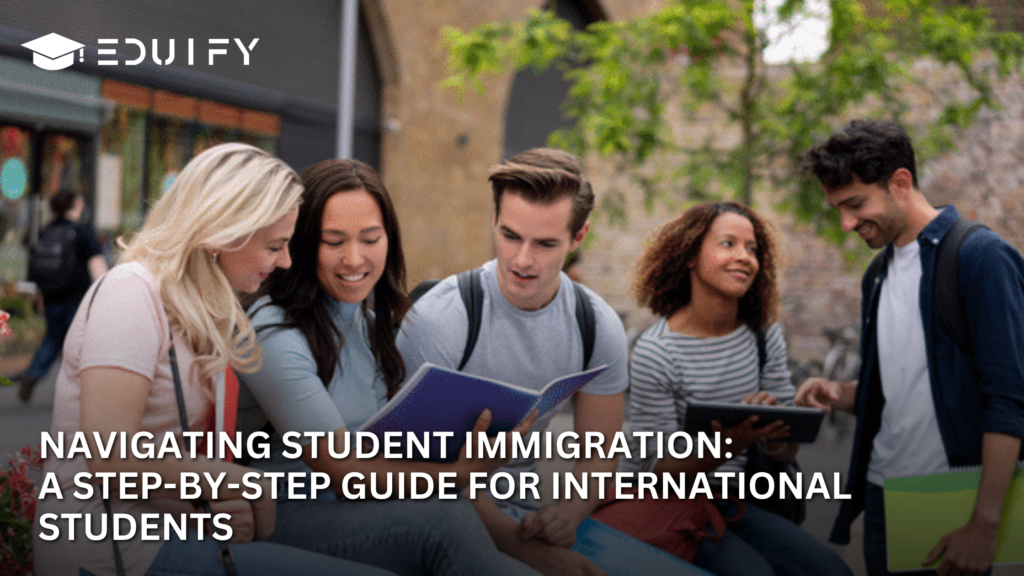Canada is a popular choice for international students because of its welcoming culture, excellent education, and lively cities. But the immigration process can be confusing for those new to it.
If you’re planning to study in Canada, this easy-to-follow guide will walk you through the steps and help you feel confident about the process.
Choose Your Program and Institution
The first step in your journey is to pick a program and school that is approved by the Canadian government. This means the school is allowed to welcome international students.
Take some time to look at different schools and programs to find one that matches your career and study goals.
Apply for Admission
After choosing your program and school, submit your application. This usually means you’ll need to provide things like your school transcripts, proof of your language skills (like IELTS or TOEFL scores), and any other documents they ask for.
Be sure to check the school’s instructions and deadlines carefully. Some programs might also ask for extra steps, like interviews or portfolios.
Receive Your Letter of Acceptance
Once you’re accepted, your chosen Canadian school will send you a Letter of Acceptance. You’ll need this letter to apply for your study permit.
Without it, you won’t be able to continue with the immigration process.
Apply for a Study Permit
To study in Canada, you need a study permit. To apply for it, you must provide proof that you’ve been accepted into a recognized Canadian school, show that you can afford your tuition and living costs, and have a clean criminal record. You can apply online or at a Canadian visa office. Depending on your country, you might also need to give your biometric information (like fingerprints).
Obtain a Temporary Resident Visa (TRV) or Electronic Travel Authorization (eTA)
If you’re from a country that requires a visa, you’ll need a Temporary Resident Visa (TRV) to enter Canada. If you’re from a country that doesn’t require a visa, you might need an Electronic Travel Authorization (eTA) instead.
Both the TRV or eTA are usually needed along with your study permit.
Prepare for Arrival
After your study permit and TRV/eTA are approved, begin getting ready for your move to Canada.
This means finding a place to live, getting health insurance, and making sure you have all the travel documents you need. It’s also a good idea to learn about Canadian customs rules, as you’ll have to declare your belongings when you arrive.
Arrival in Canada
When you get to Canada, the immigration officer will check your documents. If everything looks good, you will be allowed to enter. Remember to always have your study permit, TRV/eTA, and Letter of Acceptance with you.
Stay Compliant with Canadian Immigration Rules
If you’re studying in Canada, make sure you follow the rules of your study permit to keep your status valid. This means you need to be a full-time student and work only the allowed number of hours.
By following these steps, international students can easily go through Canada’s student immigration process and begin their studies smoothly.
Conclusion
The process of moving to Canada as a student can feel overwhelming, but with good planning and attention to detail, it’s easier to manage.
By following each step carefully, from picking the right school to making sure all immigration rules are followed, international students can start their studies in one of the friendliest countries in the world.






